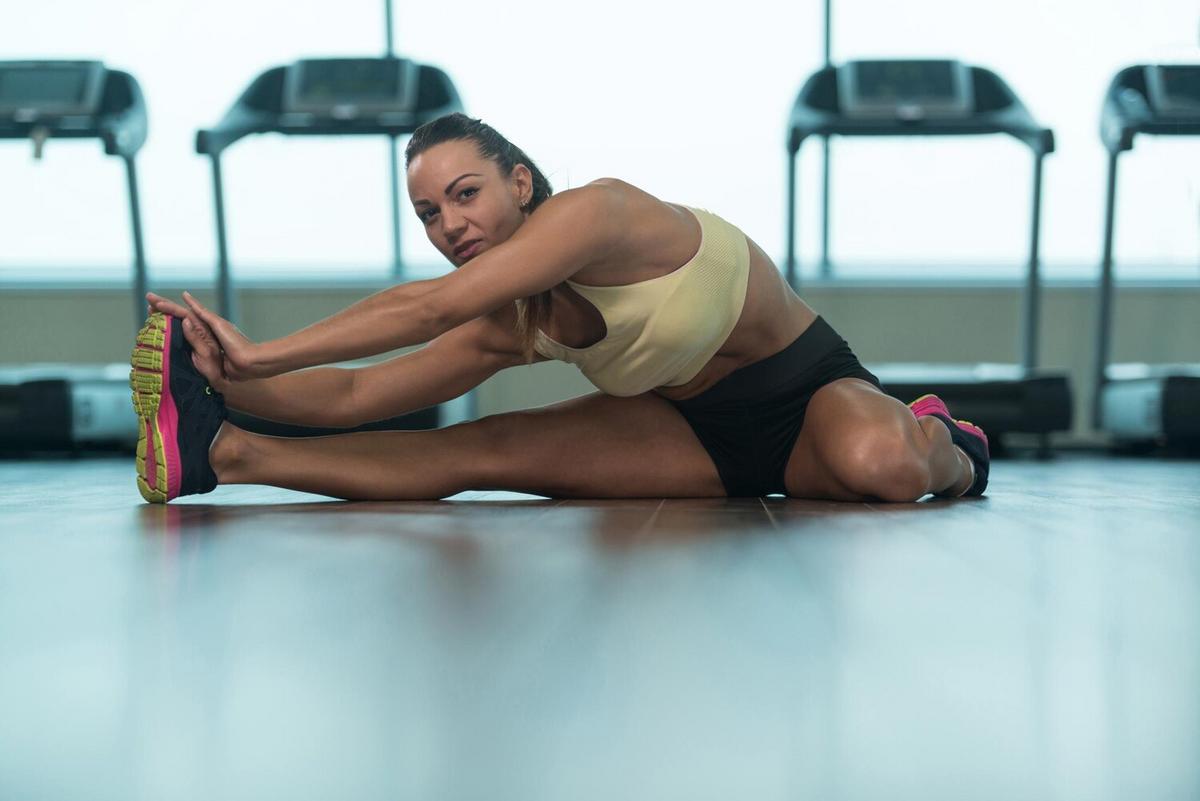
The Role of Flexibility and Stretching in Physical Fitness
Flexibility and stretching play pivotal roles in enhancing physical fitness, yet they often sit on the sidelines of mainstream fitness discussions. Incorporating these elements into your routine can not only improve movement but also prevent injuries.
The Importance of Flexibility in Fitness
Flexibility is a key component of physical fitness, often overshadowed by strength and endurance. According to the American College of Sports Medicine, flexibility is crucial for maintaining the range of motion in the joints. This is vital for performing everyday activities and exercises effectively.
Expert Insights
Fitness expert Kelly Starrett emphasizes that flexibility is not just about being able to touch your toes; it’s about optimizing your body’s movement patterns. He suggests that improved flexibility can enhance overall athletic performance by allowing for more efficient and powerful movements.
Research Findings
Studies show that regular stretching can improve flexibility by up to 30% over time. This improvement can lead to better posture, reduced muscle soreness, and a lower risk of injuries. A research study published in the Journal of Strength and Conditioning Research found that participants who engaged in a consistent stretching routine reported fewer injuries and improved physical performance.
Personal Experience
Take the example of Marcus, a marathon runner who initially overlooked stretching in his training regimen. After incorporating regular stretching sessions, Marcus noticed a significant reduction in his recovery time and a newfound ease in his running stride.
Actionable Tips for Incorporating Flexibility and Stretching
- Incorporate dynamic stretches into your warm-up routine to prepare your muscles for activity.
- Post-workout, focus on static stretching to help your muscles recover and improve flexibility.
- Consider yoga or Pilates classes, which are excellent for enhancing overall flexibility and strength.
- Use tools like foam rollers to massage and release tension in your muscles.
Consistency is key! Aim to stretch for at least 10 minutes every day to see gradual improvements in flexibility.
Benefits of Flexibility and Stretching
| Benefit | Description |
|---|---|
| Improved Range of Motion | Allows for more efficient movement during exercises. |
| Reduced Injury Risk | Helps prevent strains and sprains by keeping muscles flexible. |
| Enhanced Performance | Optimizes physical performance by improving coordination and balance. |
| Improved Posture | Reduces the risk of muscular imbalances that can lead to poor posture. |
| Decreased Muscle Soreness | Alleviates post-exercise discomfort by ensuring muscles recover faster. |
| Stress Relief | Promotes relaxation and reduces tension in the body. |
| Increased Blood Flow | Enhances circulation, delivering nutrients to muscles more effectively. |
| Better Overall Health | Contributes to longevity and quality of life by maintaining physical function. |
Frequently Asked Questions
Why is flexibility important for fitness?
Flexibility is crucial for maintaining the range of motion in joints, which is necessary for performing exercises and daily activities effectively.
How often should I stretch?
Ideally, incorporate stretching into your routine daily for at least 10 minutes to see significant benefits.
Can stretching prevent injuries?
Yes, regular stretching can help reduce the risk of injuries by keeping muscles flexible and less prone to strains.
Conclusion
Incorporating flexibility and stretching into your fitness routine is an investment in your overall health and athletic performance. By following the tips and insights shared above, you can start reaping the benefits of a more flexible and injury-resistant body. Remember to stay consistent and listen to your body as you stretch your way to better health.


